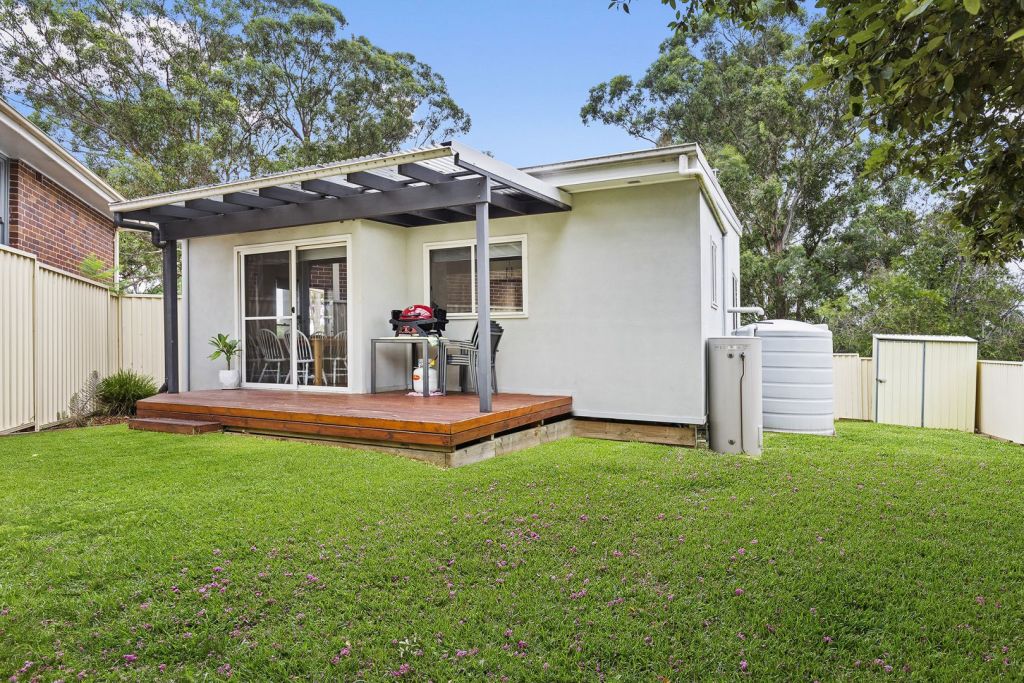Adding a granny flat to your property could increase its value by 30 per cent, and add 27 per cent to the existing rental price tag, according to a CoreLogic and Archistar analysis. The study identified that half a million property owners across Australia’s eastern seaboard have space to add a granny flat. So, here are our tips for planning a valuable addition to your property.
The monetary value of a granny flat
Whether you opt for a granny flat to create space for a noisy teenager, to house visiting family or as a room for a growing hobby, it’s the design and location that determine how much value it really adds to your property.
As with any development, exactly how much value a granny flat adds to your property depends on the execution. Typically, you can expect a granny flat to cost in the region of $80,000 to $150,000, depending on the quality of fit out. So, you need to make sure that you’ll retain the value of your property as well as add to it.
A design that takes over any outdoor space you have may detract value because neither property can make use of the garden. Similarly, if you turn your garage into a granny flat, prospective buyers could be turned off by the lack of secure parking.
If your development centres around adding value, make sure to look at your new addition through the eyes of potential buyers.
Of course, if you decide to rent the granny flat, as well as gaining profit when you come to sell, you also make back the money you spent building the addition by way of rental payments.
Again, how much profit you make depends on the going rate for your suburb, the amenities you install and the size of the property. Across the Gold Coast, median rental income at the last census was $390, according to the Australian Bureau of Statistics, but looking into prices within the streets around you will provide you a better idea of pay off.
Adding a granny flat to an existing property
In the Gold Coast, granny flats are officially classed as secondary dwellings and are therefore subject to building approval. You can obtain building approval by contacting a private certifier. Depending on your plans and location, you may also need to lodge a development application. This step is not necessary if you meet all criteria listed in the Gold Coast City Plan and you are located in a residential zone.

